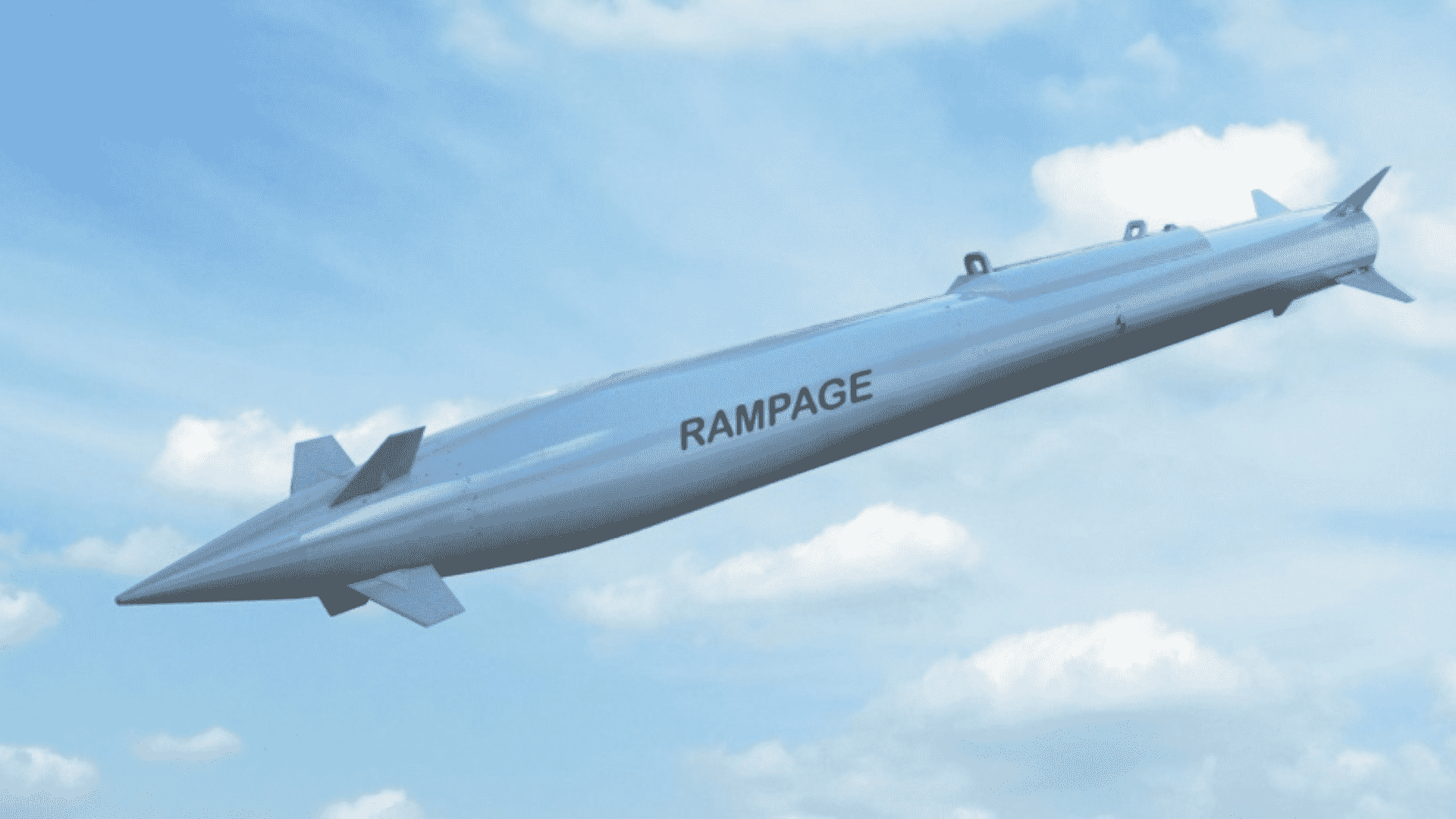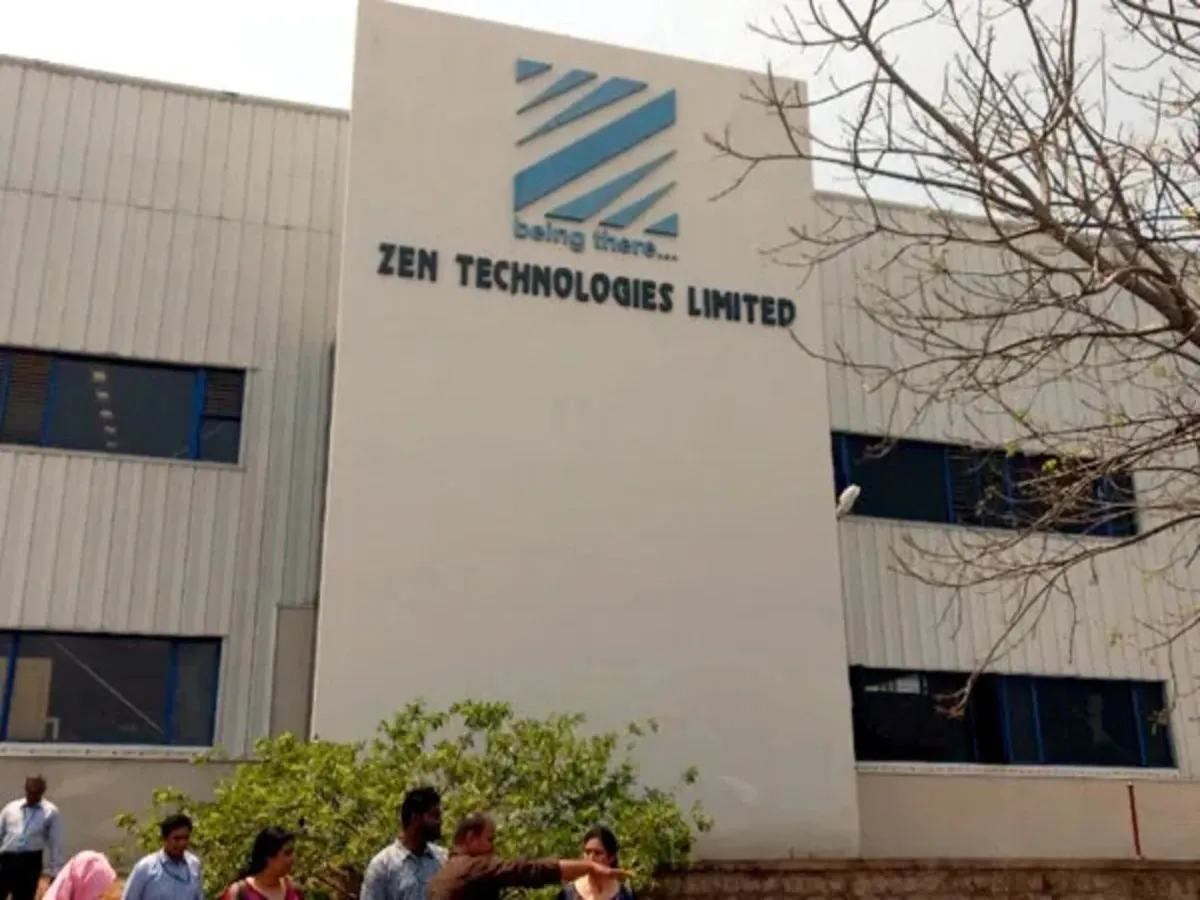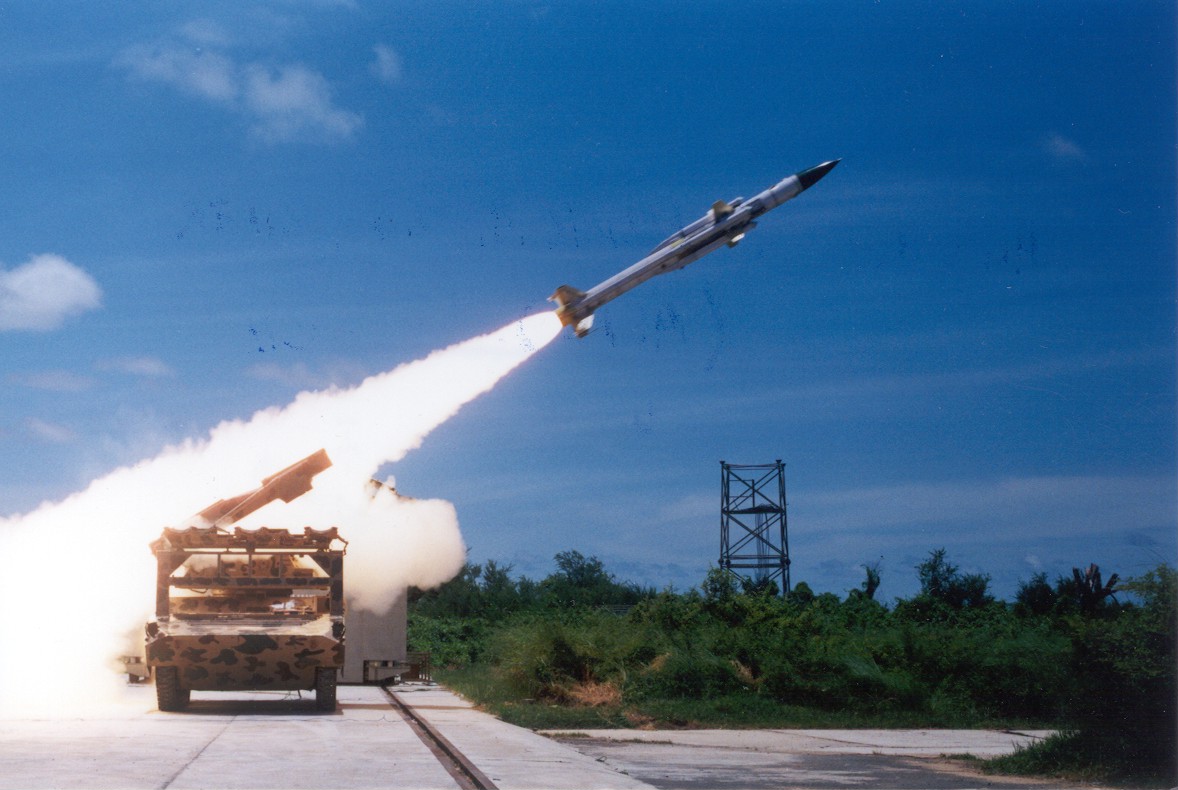SOURCE: IDRW.ORG TEAM

A fierce competition is brewing for the Argentine Army’s upcoming utility helicopter acquisition program. European aerospace giant Airbus Helicopters has officially submitted a bid for its H145M multi-purpose helicopter to replace the aging Bell UH-1H Iroquois fleet.
The H145M, renowned for its versatility and advanced avionics, is set to face stiff competition from India’s Hindustan Aeronautics Limited (HAL), which has offered its ALH-Dhruv helicopter. This development marks a significant opportunity for both companies to expand their global footprint.
Continue readingSOURCE: IDRW.ORG TEAM

The Indian Army is taking significant steps to enhance the survivability of its fleet of T-90 main battle tanks (MBTs) in the face of evolving battlefield threats. To counter the growing menace of shaped grenades, guided missiles, and FPV drones, the Army plans to equip these tanks with specialized mesh screens and nets. These protective measures will shield the engine and transmission compartment, as well as the vulnerable aft part of the turret.
India operates approximately 1,100 T-90 MBTs, which are undergoing phased upgrades to the MS configuration. This modernization initiative aims to bolster the tanks’ capabilities across multiple domains. Earlier this year, a notable milestone was achieved with the delivery of the first batch of 10 T-90 Mk-III MBTs by the state-owned Armoured Vehicles Nigam Limited (AVNL).
Continue readingSOURCE: AFI

India’s Advanced Medium Combat Aircraft (AMCA) is set to become a cornerstone of the nation’s next-generation air combat capabilities. One of the key design features of the AMCA is its frontal shaping, which bears a striking resemblance to that of the American F-35, one of the most advanced stealth fighters in the world. This similarity in design is crucial because it directly influences the aircraft’s frontal Radar Cross Section (RCS), a measure of its detectability by enemy radar systems.
Frontal shaping is a critical factor in stealth technology. By minimizing the aircraft’s profile and ensuring that radar waves are deflected away from the source, stealth fighters like the F-35 achieve low RCS, making them difficult to detect. The AMCA’s design, with its sleek and angular frontal profile, appears to follow similar principles. This design choice suggests that India is prioritizing stealth in the development of its next-generation fighter.
Continue readingSOURCE: AFI

The Indian Air Force (IAF) has significantly upgraded its strike capabilities with the successful integration of the Rampage long-range supersonic air-to-ground missile into its Su-30MKI fighter aircraft. This development marks a notable enhancement in the firepower of the IAF’s Russian-origin fleet, allowing for precision strikes on high-value targets at extended ranges.
The Rampage missile, developed by Israel Aerospace Industries (IAI) and Israeli Military Industries Systems (IMI), represents a significant leap in air-to-ground combat technology. Designed for precision strikes, this seekerless missile is tailored for operations against well-protected targets, including communication and command centers, airbases, maintenance facilities, and critical infrastructure. The missile’s long-range capability—reaching up to 250 kilometers—enables the IAF to strike deep within enemy territory without exposing its aircraft to hostile air defenses.
Continue readingSOURCE: AFI

The United States government is intensifying its efforts to prevent Indian companies from supplying Russia with technology and components that could be used in its military arsenal. The move comes in the wake of sanctions imposed on Bengaluru-based Si2 Microsystems last year for allegedly supplying dual-use technology to Moscow.
A government official, speaking on condition of anonymity, revealed that US officials are engaging in extensive consultations and sensitization programs with Indian businesses to highlight the risks associated with exporting specific products. These items, including chemicals, aeronautic parts, and components, could potentially find their way into Russian missile systems and other defense equipment.
Continue readingSOURCE: AFI

Zen Technologies Limited, a leading innovator in the defense simulation and technology sector, has announced a major breakthrough with the recent patent grant in India for its cutting-edge “Mine Detection System.” This groundbreaking innovation is poised to revolutionize minefield reconnaissance, planning, and clearance by offering a safer, more efficient, and highly accurate method of mine detection.
The “Mine Detection System” represents a significant advancement in the field of military technology, particularly in the area of minefield management. By integrating GPS and GIS technology, the system is capable of plotting and recording mine coordinates with exceptional precision, using Latitude/Longitude and Military Grid references as detailed in Defense Series Maps (DSM). This level of accuracy ensures that the system can reliably navigate to pre-recorded coordinates, greatly enhancing the safety and effectiveness of mine retrieval operations.
Continue readingSOURCE: AFI

On the 25th anniversary of India’s victory in the Kargil War, DocuBay has released a powerful documentary titled “Kargil 1999: The Untold Story of the Indian Air Force.” The film shines a spotlight on the critical but often overlooked role played by the Indian Air Force (IAF) in the conflict.
Produced by Media Indica in association with Juggernaut Productions, the documentary offers a deep dive into Operation Safed Sagar, revealing the courage, innovation, and strategic brilliance of the IAF. Through firsthand accounts from veterans like Air Chief Marshal Tipnis, Air Chief Marshal Dhanoa, and Air Marshal Padamjit Singh Ahluwalia, viewers gain an intimate understanding of the challenges faced and the triumphs achieved by the air warriors.
Continue readingSOURCE: AFP

Pakistan on Tuesday conducted “successful” training launch of surface-to-surface ballistic missile Shaheen-II, the military said. “The training launch was aimed at training of troops, validating various technical parameters and performance evaluation of different sub-systems incorporated for improved accuracy and enhanced survivability,” the Pakistani army said in a statement.
The Inter Services Public Relations (ISPR) said that today’s training launch was witnessed by Senior Officers from Strategic Plans Division, Army Strategic Forces Command, scientists and engineers of strategic organizations.
Continue readingSOURCE: RAUNAK KUNDE / NEWS BEAT / IDRW.ORG

Rekise Marine Private Limited has secured a significant contract under the Indian Navy’s iDEX Aditi 1.0 Challenge to develop the Jalkapi Autonomous Underwater Vehicle (AUV). This advanced subsea platform is designed for extended underwater survey missions and can operate for up to 45 days without resupply.
The Jalkapi, with its impressive dimensions of approximately 10 meters in length and 2 meters in diameter, is equipped with a robust suite of sensors including EO/IR cameras, multi-beam echo sounders, and sonar systems. The AUV will also incorporate advanced navigation and obstacle avoidance systems to ensure safe and efficient operations.
Continue readingSOURCE: RAUNAK KUNDE / NEWS BEAT / IDRW.ORG

Noida-based Raphe mPhibr Pvt. Ltd has emerged victorious in the Indian Navy’s iDEX Aditi 1.0 Challenge. The company has been tasked with developing an indigenous high supersonic to hypersonic propulsion system for fixed-wing flying objects such as missiles and aircraft.
This significant win underscores Raphe mPhibr’s expertise in propulsion technology and its potential to contribute significantly to India’s defence capabilities. Developing such a propulsion system is a crucial step towards achieving self-reliance in advanced aerospace technologies.
Continue readingSOURCE: RAUNAK KUNDE / NEWS BEAT / IDRW.ORG

In a significant boost to India’s defence manufacturing capabilities, Russia is set to supply essential metallurgical inputs for the overhaul of the Sukhoi-30MKI fighter jet fleet.
State-owned Hindustan Aeronautics Limited (HAL) will undertake the overhaul process at its facility in Koraput, Odisha. The supply of raw materials and processed components, including superalloys, is crucial for the maintenance and upgradation of these aircraft.
Continue readingSOURCE: AFI

The Defence Research and Development Organisation (DRDO) has made a bold assertion, claiming it can now develop any type of missile system within a timeframe of just three to four years. This includes air-to-air, ground-to-air, and air-to-ground missile systems.
DRDO Chairman Samir V Kamat attributed this accelerated development capability to the growing prowess of local industries, which have been instrumental in reducing the time spent on developmental trials. This strategic partnership between DRDO and Indian companies is seen as a game-changer in the country’s defense sector.
Continue readingSOURCE: AFI

Bharat Electronics Limited (BEL), a leading Indian defence electronics company, has made a significant announcement in its annual report. The company is set to embark on the development of an X-band GaN radar. This development marks a crucial step forward in India’s indigenous radar technology capabilities.
GaN (Gallium Nitride) technology is renowned for its ability to deliver higher power output, improved efficiency, and enhanced thermal management compared to traditional semiconductor materials. When integrated into radar systems, GaN offers significant advantages in terms of range, accuracy, and reliability.
Continue readingSOURCE: AFI

The Indian Air Force (IAF) has recently unveiled a poster showcasing its elite Air Headquarters Communication Squadron, more famously known as ‘Pegasus’. This specialized unit plays a pivotal role in India’s aviation landscape, dedicated to the safe and secure transportation of the nation’s highest dignitaries.
Originally formed as the Air Headquarters Communication Squadron (RIAF) during the British Raj, it was rechristened as the Air Headquarters Communication Squadron (IAF) upon India’s independence. The squadron’s primary responsibility is the conveyance of VVIPs and VIPs, including visiting heads of state and government.
Continue readingSOURCE: AFI

Allan Sonsteby, Executive Director of the Applied Research Laboratory at Penn State University, recently visited the Office of Naval Research in India. His visit underscored the growing collaboration between U.S. and Indian research institutions, with a focus on advancing cutting-edge science and technology.
During his visit, Sonsteby engaged with leading Indian institutions, including IIT Delhi, IIT Madras, and IISc Bengaluru, known for their pioneering research in various fields. These interactions are expected to pave the way for deeper scientific cooperation and knowledge exchange between the two countries.
Continue reading